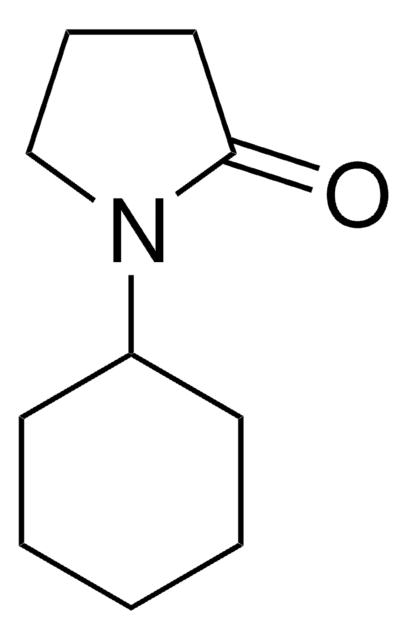700339
Titanium(IV) oxide, mixture of rutile and anatase
nanoparticles, <100 nm particle size, dispersion, 48-52 wt. % in xylene, 99.9% trace metals basis
Synonyme(s) :
Titanium dioxide
About This Item
Produits recommandés
Pureté
99.9% trace metals basis
Forme
dispersion
nanoparticles
Concentration
48-52 wt. % in xylene
Taille des particules
<100 nm
~30 nm (primary particle size of starting nanopowder)
Point d'ébullition
>135 °C
Chaîne SMILES
O=[Ti]=O
InChI
1S/2O.Ti
Clé InChI
GWEVSGVZZGPLCZ-UHFFFAOYSA-N
Vous recherchez des produits similaires ? Visite Guide de comparaison des produits
Description générale
Mention d'avertissement
Danger
Mentions de danger
Classification des risques
Aquatic Chronic 3 - Asp. Tox. 1 - Eye Dam. 1 - Flam. Liq. 3 - Skin Corr. 1B - STOT RE 2 Inhalation - STOT SE 3
Organes cibles
Central nervous system,Liver,Kidney, Respiratory system
Code de la classe de stockage
3 - Flammable liquids
Classe de danger pour l'eau (WGK)
WGK 3
Point d'éclair (°F)
80.6 °F
Point d'éclair (°C)
27 °C
Certificats d'analyse (COA)
Recherchez un Certificats d'analyse (COA) en saisissant le numéro de lot du produit. Les numéros de lot figurent sur l'étiquette du produit après les mots "Lot" ou "Batch".
Déjà en possession de ce produit ?
Retrouvez la documentation relative aux produits que vous avez récemment achetés dans la Bibliothèque de documents.
Les clients ont également consulté
Articles
Dye-sensitized solar cells directly convert sunlight to electricity
Over the last decade, dye-sensitized solar cells (DSSCs) have attracted much attention because these unconventional solar cells exhibit high performance and have the potential for low-cost production.
One of the more traditional photovoltaic devices, single crystalline silicon solar cells were invented more than 50 years ago, currently make up 94% of the market. Single crystalline silicon solar cells operate on the principle of p-n junctions formed by joining p-type and n-type semiconductors.
Titanium dioxide (TiO2) is an important n-type semiconducting material that shows interesting characteristics such as photoswitchable surface wettability, high photocatalytic activity, bistable electrical resistance states and high electron drift mobility.
Notre équipe de scientifiques dispose d'une expérience dans tous les secteurs de la recherche, notamment en sciences de la vie, science des matériaux, synthèse chimique, chromatographie, analyse et dans de nombreux autres domaines..
Contacter notre Service technique




